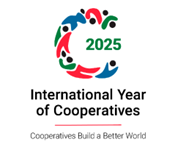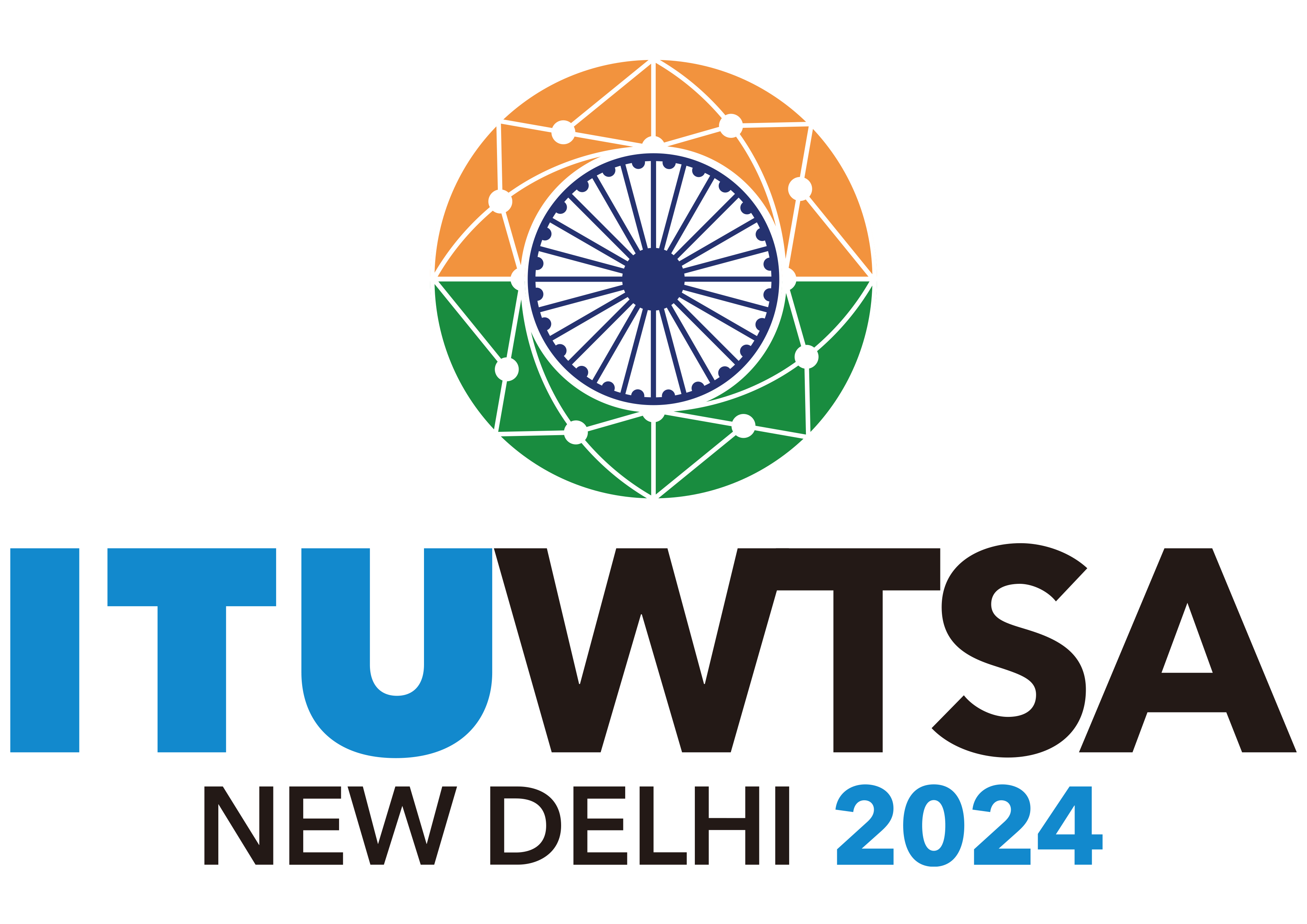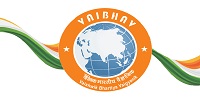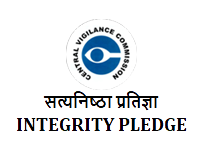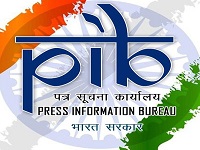Highlighting important role and contribution of women towards science, senior scientists from ARIES Dr. Snehlata and Dr. Kuntal Misra delivered talks to the audience, followed by discussions. Scientists Dr. Neelam and Dr. Haritima Guar from ARIES highlighted the role of ARIES towards research training of women scientists in the field of astronomy and atmospheric sciences. A post-doc fellow Dr. Anjasha highlighted India's moon mission and contribution of women towards this mission.
On this occasion, former directors of ARIES Prof. Ram Sagar, Dr. Wahab Uddin, and other scientists were also present. The overall program was planned by Director ARIES Prof. Dipankar Banerjee, and the program on the day was coordinated by Dr. S. B. Pandey through the public outreach division of ARIES Nainital.
Aryabhatta Research Institute of Observational Sciences (ARIES) Nainital is an autonomous research institute funded by the Department of Science and Technology (DST) Govt. of India and is deeply involved towards front line research areas in astronomy & astrophysics and atmospheric sciences. Like previous years, National Science Day was celebrated at ARIES Nainital under the theme decided by the DST called “Women in Science.”
The program was started in the morning by lighting a lamp for Prof. C. V. Raman and remembering his great discovery called “Raman effect,” for which he was awarded Nobel Prize. Scientists of ARIES further talked about various scientific discoveries and their impact on the society and contributions of women towards society and scientific discoveries.
Around 50 college and school students, particularly girls, were invited from local St. Mary's college and Rashtriya Uchhatar Vidyalay Jadapani Devasthal on this occasion and telescope viewing and planetarium shows were conducted on this occasion. Scientists, researchers, and staff members from ARIES also actively participated throughout the day as it was an open-day at ARIES. The main theme of the program was “Women in Science,” and all the programmes were organized under the given theme, and women scientists were honored, and various talks were given by them during the first half of the day.
Highlighting important role and contribution of women towards science, senior scientists from ARIES Dr. Snehlata and Dr. Kuntal Misra delivered talks to the audience, followed by discussions. Scientists Dr. Neelam and Dr. Haritima Guar from ARIES highlighted the role of ARIES towards research training of women scientists in the field of astronomy and atmospheric sciences. A post-doc fellow Dr. Anjasha highlighted India's moon mission and contribution of women towards this mission.
On this occasion, former directors of ARIES Prof. Ram Sagar, Dr. Wahab Uddin, and other scientists were also present. The overall program was planned by Director ARIES Prof. Dipankar Banerjee, and the program on the day was coordinated by Dr. S. B. Pandey through the public outreach division of ARIES Nainital.















